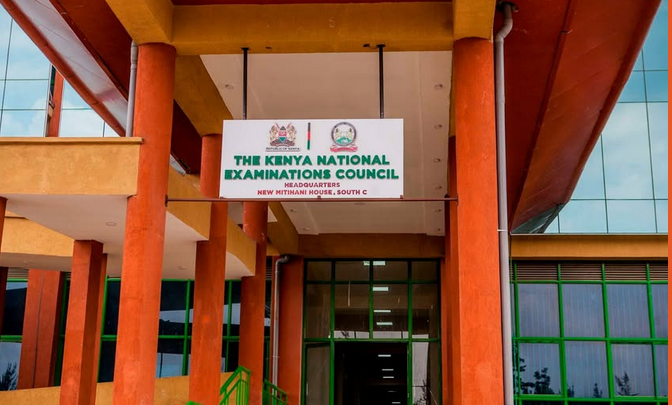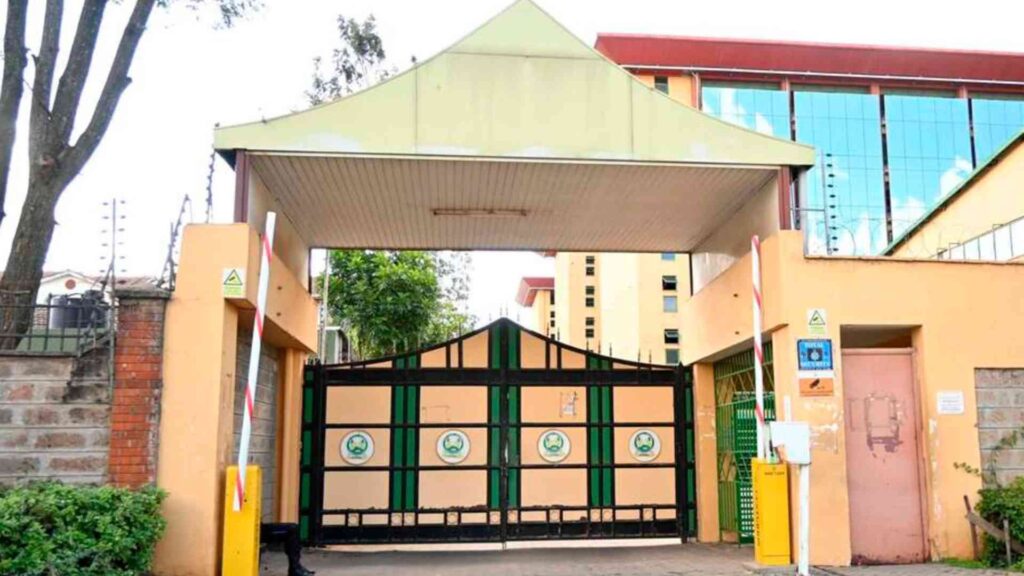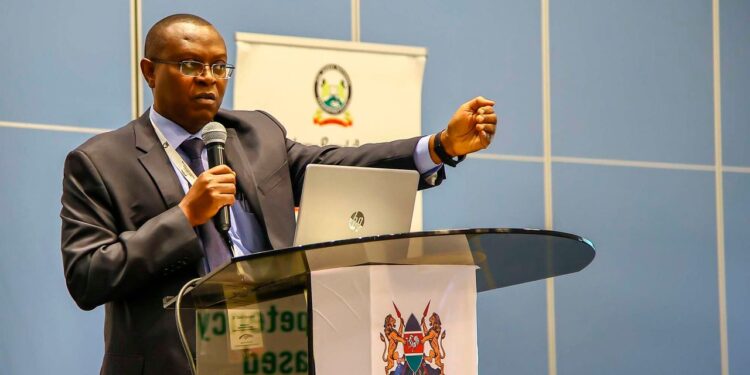KNEC Issues Final Deadline for Grade 9 KJSEA Nominal Rolls; What Schools Must Submit.
The Kenya National Examinations Council (KNEC) has issued a directive requiring all schools to submit their 2025 Kenya Junior School Education Assessment (KJSEA) nominal rolls by Friday. These rolls are automatically generated once learners are registered through the KNEC online portal, with the registration window for Grade 9 candidates having closed on March 28.
In addition to the nominal rolls, school heads must provide specific documentation to the Sub-County Director of Education in order to complete centre registration for the KJSEA. These documents include a declaration form and a return envelope.
School heads are expected to verify candidates’ names, assessment numbers, and ensure there are no duplications. They must also confirm accurate subject entries for learners with special needs and religious education options. The return envelope should clearly indicate both the school’s and headteacher’s contact details.
Timeline and Structure of 2025 National Assessments
Grade 9 learners will sit for their national assessment, KJSEA, from October 27 to November 6, running concurrently with the Grade 6 KPSEA, which will take place from October 27 to 30.
However, the assessments will begin earlier in the year with project-based components. From May to July, students will undertake a Creative Arts and Sports project, followed by a Pre-Technical Studies project in July. KNEC will provide detailed project guidelines to schools.
This year’s KJSEA will be marked by trained examiners who were prepared during a nationwide training in April. Over four million candidates will sit for KCSE, KPSEA, KJSEA, and the Kenya Pre-Vocational Level Education Assessment (KPLEA), intensifying logistical and administrative pressure on KNEC.
Transition Structure and Evaluation Criteria under CBC
The 2025 assessments mark the inaugural administration of both the KJSEA and KPLEA, with concern mounting over their scale and complexity. Under the Competency-Based Curriculum (CBC)—recently renamed Competency-Based Education (CBE)—the KJSEA will account for 60% of the final Grade 9 score.
The remaining 40% will be split equally between school-based assessments from Grades 7 and 8, and KPSEA results from Grade 6.
KNEC officials reiterated that the final score will significantly influence the learner’s placement in senior secondary schools. Learners dissatisfied with their assigned schools will be allowed to apply for transfers, depending on space availability. However, private candidates—those who are not enrolled in formal institutions—will only be eligible for placement in day senior schools.
Subject Choices and Major Policy Shifts in Senior School
One of the most significant changes in the new education structure is the removal of Mathematics as a compulsory subject for transition to senior secondary school. Instead, learners will be required to take English or Kenyan Sign Language, Kiswahili, Physical Education, and Community Service Learning. They will also choose from 38 elective subjects tailored to their career and academic goals.
This development marks a departure from the 8-4-4 system, where Mathematics, English, Kiswahili, and two sciences were mandatory. According to Basic Education Principal Secretary Belio Kipsang, learners will begin selecting their senior school pathways and subjects during the second term. He stated that the government is giving students time to consult with parents before making subject selections upon returning to school.

Senior School Pathways and Placement Structure
Senior schools will be categorized under three academic pathways to better cater to individual learner interests. These include the Triple Pathway Schools, offering STEM (Science, Technology, Engineering and Mathematics), Social Sciences, and Arts and Sports. Learners will select only one pathway aligned with their aspirations.
The Double Pathway Schools will provide either STEM with Social Sciences or STEM with Arts, while Vocational and Special Needs Pathway Schools will serve students with disabilities like cerebral palsy and autism, emphasizing hands-on skills training.
To ensure diversity in placement, the Ministry of Education has proposed that no more than five learners from the same junior school join the same senior secondary school. Although this aims to foster inclusivity, some education stakeholders have raised concerns about its practicality, especially for day schools that typically draw students from nearby communities.
School Types and Accessibility Enhancements
Senior secondary schools will now be grouped by accommodation type into three categories: day schools, hybrid schools (offering both boarding and day options), and special needs schools.
The hybrid model will include schools designated for boys, girls, or mixed-gender learning. Special needs institutions will focus on learners with physical, visual, or hearing impairments and will be adequately equipped with the necessary support resources.
Read Also: TSC Sub-County Offices in Disarray as Promotion Letters Delay
Speaking during a KNEC stakeholder meeting, an official noted that these measures were part of broader efforts to ensure equitable access, saying, “We’re designing a placement model that supports learner diversity and long-term career success.” Another ministry official emphasized, “Our goal is not just assessment, but meaningful transition for every learner.”

Follow Teachers Updates on Facebook, LinkedIn, X (Twitter), WhatsApp, Telegram, and Instagram. Get in touch with our editors at [email protected].



Discussion about this post